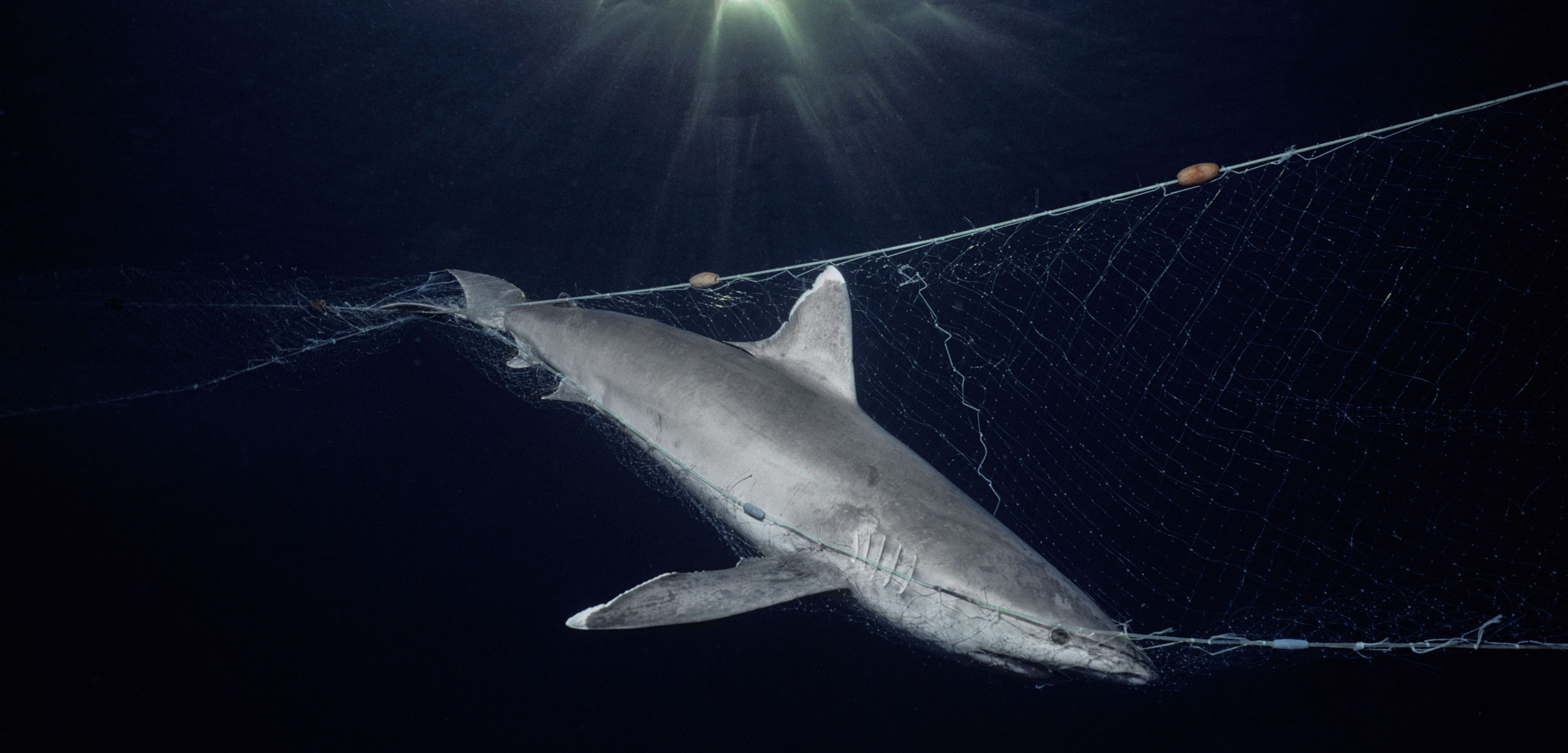Sharks in the Gas Tank
The push to find the next best fossil fuel alternative includes experiments with biofuel made from shark liver oil.
Article body copy
The search for cost-effective replacements for fossil fuels is becoming increasingly urgent. Biodiesel, produced from fatty vegetable oils, animal lard, and waste restaurant cooking oils, is one such alternative. It is biodegradable and produces fewer toxic emissions than traditional fuels, but the near-perfect solution has one downside: it can be prohibitively expensive to make.
A new paper by a team of researchers from Newcastle University in England describes a cheaper, if controversial, alternative source for biodiesel: shark livers.
Livers can make up to 30 percent of a shark’s body mass and sharks are a large fraction of by-catch in many fisheries. Since livers are often a waste product of fisheries—and are sometimes even dumped at sea because of their low value—they have potential as an inexpensive source material for biodiesel. As well, extracting the oil is relatively simple. When placed in the sun, the livers melt, releasing the fatty oil that can be mixed with a catalyst and alcohol to make a commercial grade of biodiesel.
While it sounds like a plausible way to use an often-discarded waste product, there are potential problems with the idea. Of primary concern is the difficulty determining the source species for the oil and whether the livers were a byproduct of a legal fishery or the target of an illegal one.
“I would hate to incentivize killing sharks for fuel,” says Adam Harvey, a coauthor of the paper, adding that “if the sharks are already dead, it’s best to get as much a value out of them as possible.”
“Most shark fisheries are poorly or not regulated at all,” says Colin Simpfendorfer, cochair of the International Union for Conservation of Nature Shark Specialist Group. As a result, many elasmobranch populations are threatened or have downward-trending populations.
Many shark populations are at risk from being killed for their prized cartilaginous fins. If another part of a shark could fetch a good amount of money, Simpfendorfer says, “fishers would try to maximize the returns they can get on what they catch, adding more pressures to shark populations.”
Tracing the sources of the livers is challenging, even for experimental purposes. Harvey acknowledges that he and his team did not know which species were in the barrels of shark liver oil they used in their study. The commercially available oil was purchased in the Sultanate of Oman and came from the Carcharhinidae family of sharks. This large family contains several rare and highly threatened species, many of which are found in the Gulf of Oman and the Arabian Sea.
Presently, shark liver oil is used for cosmetics, pharmaceuticals, alternative medicines, and shark liver oil tablets.
From an economic standpoint, if a market develops for another use of shark livers, it could contribute to collapsing shark populations, making the potential shark liver biodiesel industry short-lived, cautions Simpfendorfer. From an ecological standpoint, it would be catastrophic. He adds, “the next step is to make sure we don’t dive into this without thinking very critically about it.”

